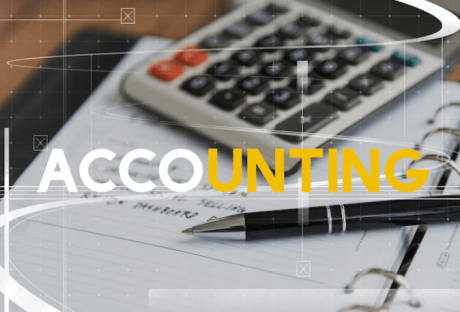In the realm of military service, it’s evident that our personnel demonstrate exceptional dedication. Countless individuals are on the frontlines daily, showcasing unwavering commitment and making significant sacrifices for our nation’s safety and security. Their courage is consistently acknowledged and appreciated.
However, beneath this commendation lies a less-discussed challenge that many face. A substantial concern, often overshadowed, is the burgeoning issue of medical debts incurred due to their service. This is a pressing matter that merits our attention and understanding.
Understanding The Nature Of Military Service And Health Risks
Within the domain of military service, a spectrum of inherent challenges exists. Daily operations, particularly in high-risk zones, subject our military personnel to many potential hazards. It’s worth noting that these risks extend beyond the apparent combat-related injuries. The consistent stress and demands of their roles can manifest in severe long-term mental health complications, PTSD being a notable concern.
As many seasoned veterans have articulated, the repercussions of their service, both visible and latent, often extend far more profound than the casual observer might discern. Such complexities underline the deep nature of military service.
Deciphering Military Health Coverage
TRICARE stands out prominently in the discourse on military health coverage. As our military personnel’s primary healthcare program, TRICARE offers a comprehensive suite of benefits. Yet, akin to many insurance packages, it possesses certain complexities. While encompassing an extensive range of medical services, it has coverage gaps.
When juxtaposed with civilian insurance packages, these disparities become markedly evident. For several individuals within the military community, navigating these nuances proves intricate, occasionally culminating in unexpected financial expenditures. This presents a nuanced landscape that warrants closer examination.
Debt Relief Programs: A Beacon Of Hope
There is a beacon of hope in the intricate landscape of medical debt for military personnel and veterans. Active-duty members and veterans can take solace because numerous debt relief initiatives are tailored specifically for them.
These programs, including those focused on veteran debt relief, have garnered significant acclaim, each boasting multiple success narratives. By measures such as reducing the principal debt or formulating structured payment plans, these initiatives serve as instrumental lifelines.
For any military member, veteran, or acquaintance grappling with medical debt, a diligent exploration of these avenues is strongly recommended, offering a pathway to potentially mitigate substantial financial challenges.
By The Numbers: Grasping The Scale Of Medical Debt Among Military Families
Assessing the prevalence of medical debt among military families prompts a deeper inquiry into the available data. This investigation reveals a somewhat concerning scenario. A considerable proportion of military families indeed face the brunt of medical debt. When juxtaposing this reality with civilian families, the disparity becomes conspicuously evident.
Notably, despite the immense sacrifices rendered by military personnel, they frequently encounter more pronounced financial challenges related to health care than many civilians. Such observations underscore the need for a comprehensive examination of the underlying factors.
The Ripple Effect: Beyond Monetary Concerns
Delving into the broader implications of medical debt reveals a multifaceted impact beyond the evident financial strain. Beyond the fiscal ramifications, there is a significant emotional toll. Manifestations include heightened anxiety levels, pervasive stress, and potential feelings of despair.
Additionally, the familial dynamic is not immune to this burden. Once centered on daily life’s pleasantries, conversations may shift toward the pressing concerns of impending bills. Future aspirations, such as the procurement of a home or the anticipation of a vacation, often become overshadowed by the immediacy of financial obligations. This illustrates the profound reach of medical debt on an individual’s holistic well-being.
Global Insights: International Best Practices
Upon broadening our perspective to a global scale, a distinctive narrative emerges. Numerous countries have instituted comprehensive medical benefits for their military personnel. These established systems, characterized by their proactive strategies and extensive coverage, set benchmarks of excellence.
Given these international precedents, it may be prudent for the U.S. to evaluate and discern applicable lessons from these best practices. Such a comparative analysis is valuable for refining domestic approaches to military medical benefits.
Marching Forward: Advocacy And Initiatives For Change
Significant developments are underway in the evolving landscape of the medical debt crisis for military families. Current legislative agendas feature multiple proposals aimed directly at alleviating this pressing concern. Concurrently, grassroots movements and dedicated organizations fervently mobilize and advocate for systemic changes and reforms.
For individuals and entities deeply vested in this issue, ample opportunities exist to engage, support, and drive impactful transformations in this crucial arena. The confluence of these efforts underscores a proactive approach toward addressing the challenge at hand.
Conclusion
In conclusion, it is imperative to underscore our shared responsibility. Addressing the challenge of medical debts within the military goes beyond mere policy adjustments. It is a matter of ensuring that those who have dedicated their lives in service to the nation are not disproportionately burdened upon their return. As a cohesive society, extending our unwavering support and commitment to these individuals is commendable and an essential duty.
Read More:






















